How does the gait training and assessment system work, and what can it do for you?
1. How does it actually “understand how you walk”?
To put it simply, the working principle comes down to three words: see, measure, calculate.
“See” how you walk
The system includes high-definition cameras, sensors, or pressure mats and inertial instruments (sounds high-tech, but they’re really just devices that detect movement). You just walk a few steps in front of it — even slowly — and it can accurately record the full-body dynamic movements from head to toe.
“Measure” where your force is off
When you walk, how does your center of gravity shift? Are you lifting your feet high enough? Are you unbalanced left and right? Are you dragging your feet? Is one side longer than the other? The system can measure it all — even down to how many centimeters you lift your foot.
“Calculate” where the hidden problem lies
Behind the scenes, the system runs a bunch of algorithms to turn all your movement data into charts and analysis results. It even compares your data with a “normal gait pattern,” so it instantly knows which part of your walking has issues.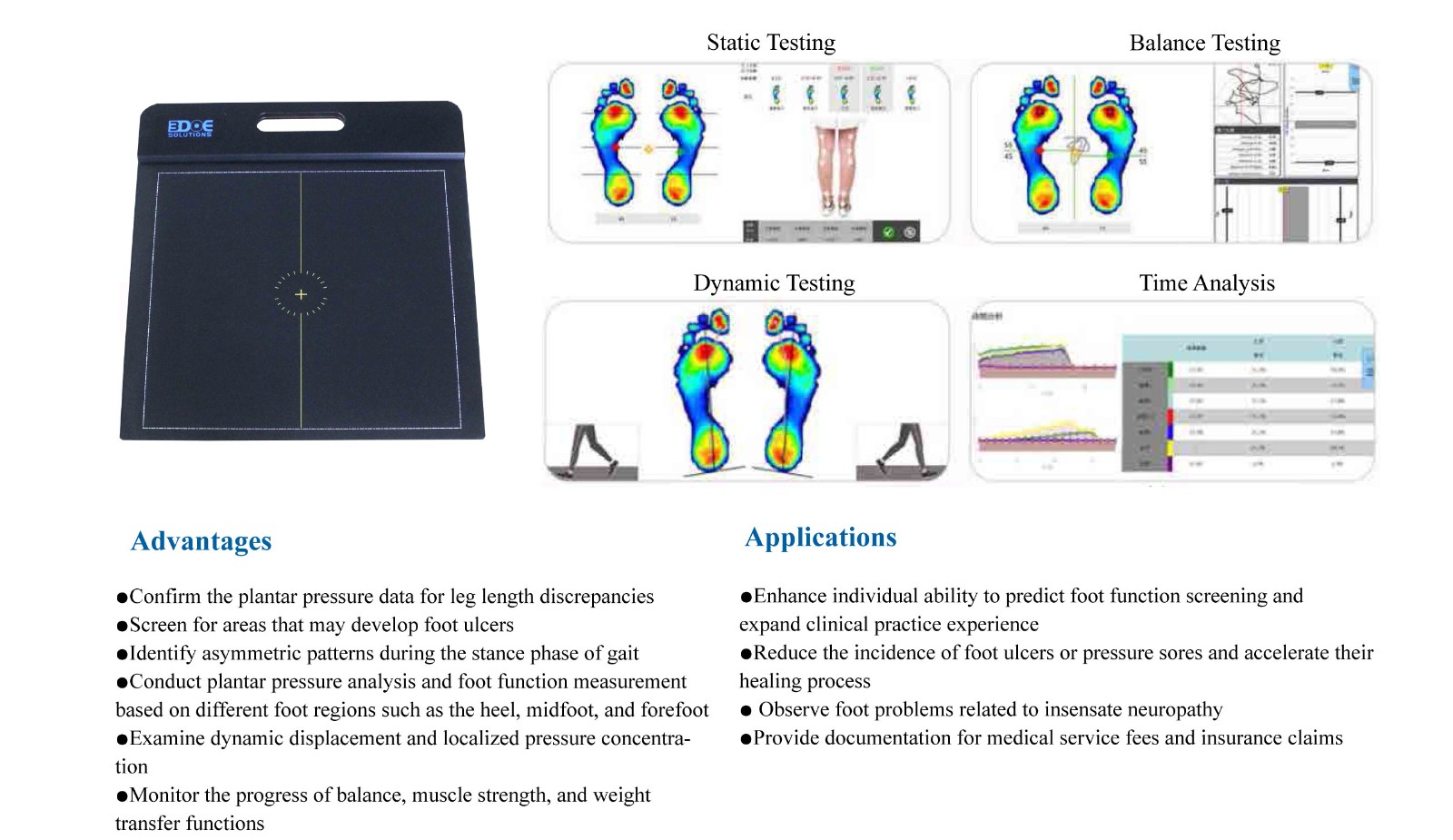
2. Is it really useful? To be honest — very much so!
Many people think, “Why would I need to train how to walk?” In fact, walking the wrong way can cause more damage than running!
Let’s take a look at what the gait training and assessment system can actually do:
1. Help rehabilitation patients regain proper walking posture
For people recovering from strokes, hip/knee surgeries, spinal surgeries, or older adults with unstable walking — relying on "feeling" to improve is slow and hard.
But with this system, not only can you see the problem, you can also get a customized training plan. Training with guidance is much more effective than “blind walking.”
2. Help doctors assess disease risks
Some gait abnormalities come from nervous system or skeletal issues — like early-stage Parkinson’s, leg misalignment after fracture, or leg length discrepancies.
Doctors might miss some things by just observing, but the system's data doesn’t lie — everything is clear.
3. Help young people correct poor gait habits
Don’t underestimate kids who walk with pigeon toes or drag their feet — over time it can lead to pelvic tilt or spinal curvature. The system can evaluate and offer corrective training before problems become serious.
4. Help athletes walk more efficiently and save energy
Professional athletes talk about “power starting from the ground.” This system can optimize running posture, adjust body force pathways, boost explosive power, and reduce injury risk.
3. What’s special about the training function?
Where there’s assessment, there should be training.
This system doesn’t just point out problems — it offers targeted solutions based on your data, such as:
Designing gait training plans (e.g. center of gravity adjustment, step frequency control)
Setting training goals, with feedback during every session
Real-time correction — if you apply force incorrectly, the system immediately gives a warning
Tracking your training results — you can clearly see your progress over time
It’s like having a personal coach who never gets tired and never makes mistakes.

 +86-0755-86131192
+86-0755-86131192 2025-07-29
2025-07-29 Back to list
Back to list
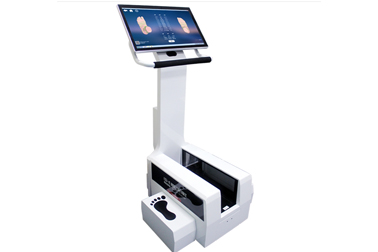
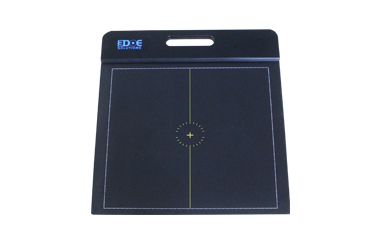
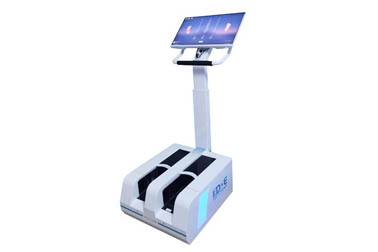
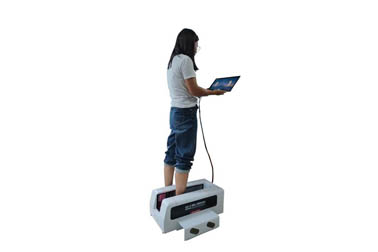



 +86-0755-86131192
+86-0755-86131192